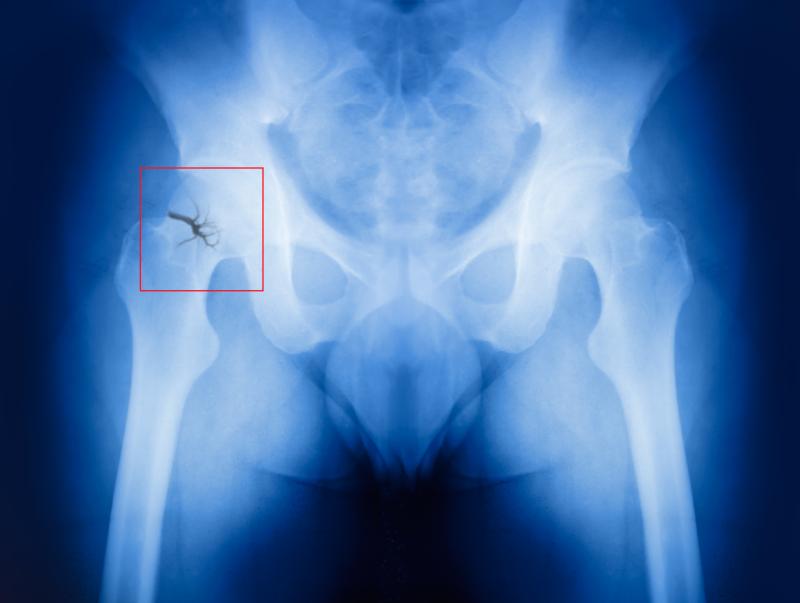
Higher serum uric acid (UA) levels appear to be protective against vertebral fracture (VF) among elderly men, whereas excessive reduction of serum UA using urate-lowering medications confers a risk increase, a study has shown.
The study included 2,012 Japanese men aged ≥65 years who underwent serum UA measurement and X-ray absorptiometry-based VF assessment at baseline. They were followed-up after 5 years to identify incident VFs and osteoporotic fractures (OPFs).
A total of 45 OPFs (5.2/1,000 person-years) and 39 VFs (5.9/1,000 person-years) were documented over a mean follow-up of 4.3 years. A significantly lower incidence of VF was found in the group of men with higher UA concentrations.
Participants with higher UA concentrations were generally younger and heavier in weight and showed higher parathyroid hormone (PTH) and lower tartrate-resistant acid phosphatase isoenzyme 5b (TRACP5b) levels. In these participants, bone mass density (BMD) was significantly higher at baseline and slightly decreased during the follow-up.
On logistic regression analysis, men in the highest vs lowest quartile of serum UA concentration had a lower likelihood of developing VF (odds ratio [OR], 0.17, 95 percent confidence interval [CI], 0.05–0.62). This association persisted even after controlling for urate-lowering treatment.
However, urate-lowering medication users in the lowest quartile of serum UA concentration had a significantly higher incidence rate of VF compared with their counterparts in the higher quartile groups.
In light of the present data, along with those of previous studies, researchers stressed that physicians should be mindful of the potential risk of VF, and possibly of morphometric OPF, in hyperuricaemia patients with serum UA concentrations <5 mg/dl who are receiving urate-lowering treatment.